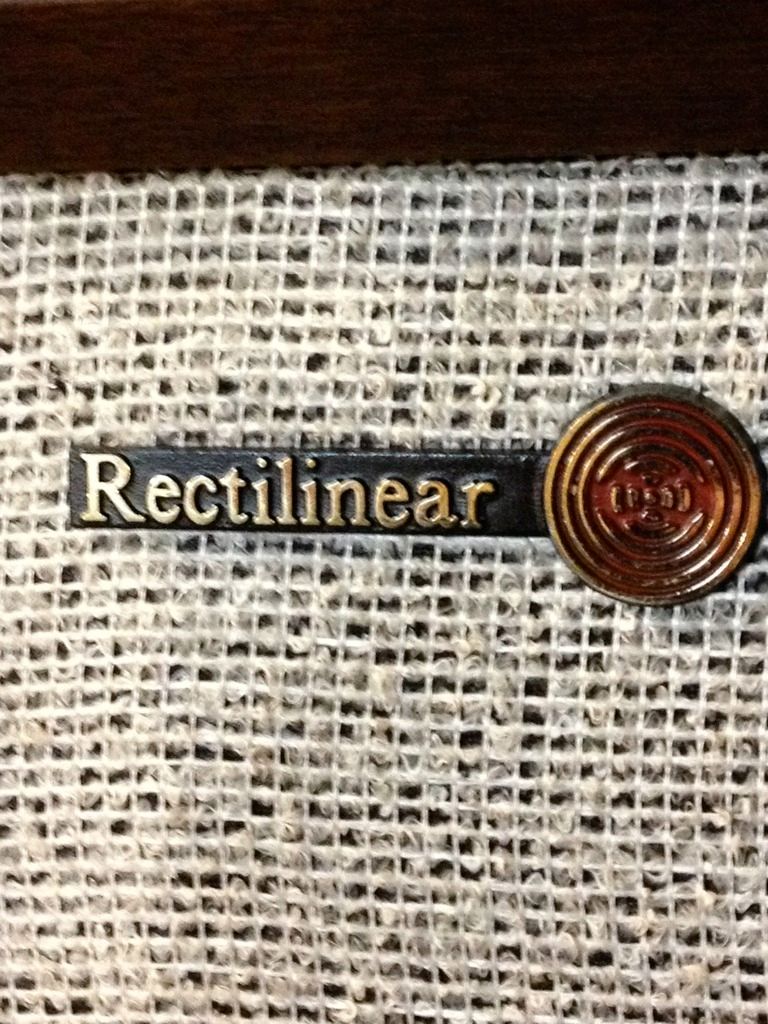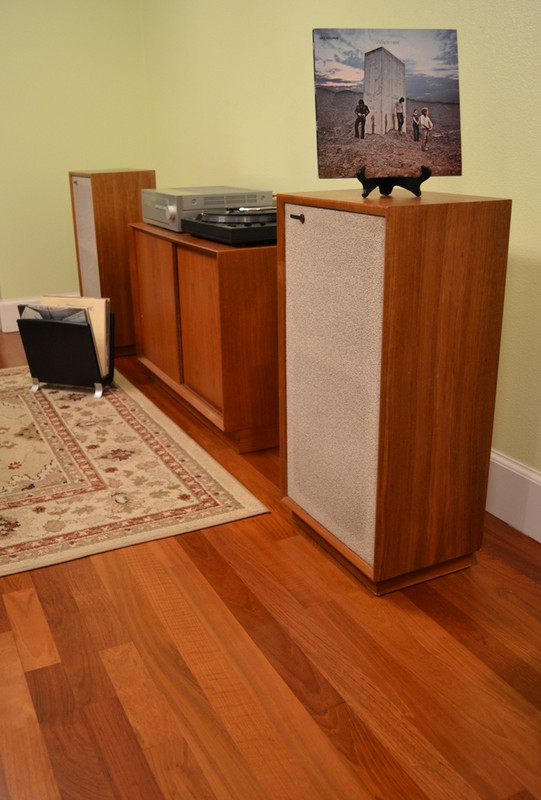sheltie dave
Addicted Member

This one, Pio. 5 dB down at each end of the spectrum on a quoted 40 to 10K bandwidth is horrible, which puts the utility at lecture hall level. Every single other part of the audio chain was hitting 20 to 20K for high performance, so the cassette is the red headed stepchild, until Nakamichi and Cr2O2 tape and Dolby B really hit the stride.










